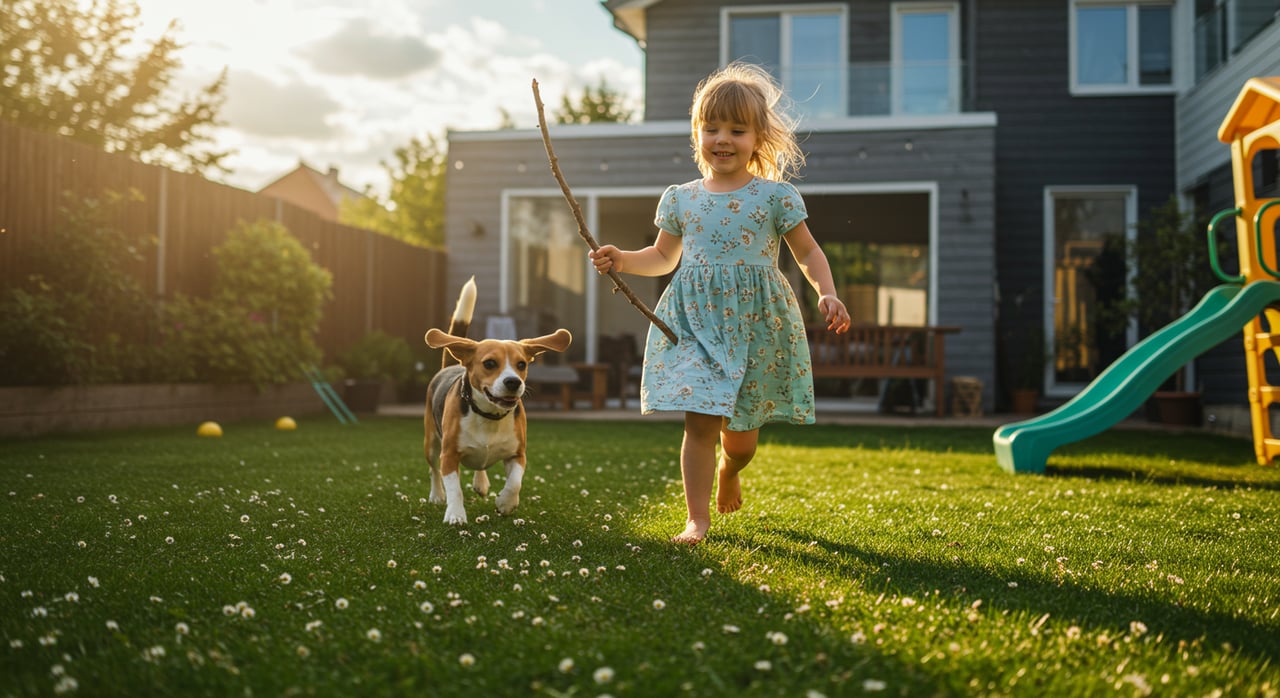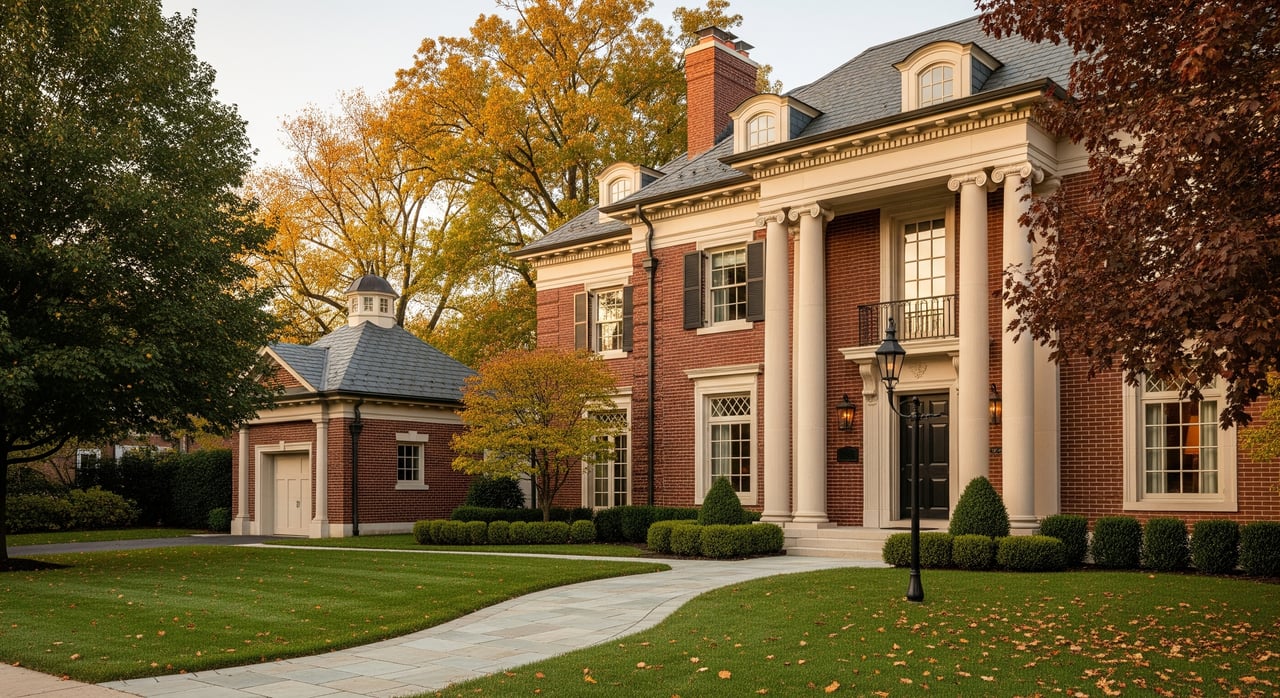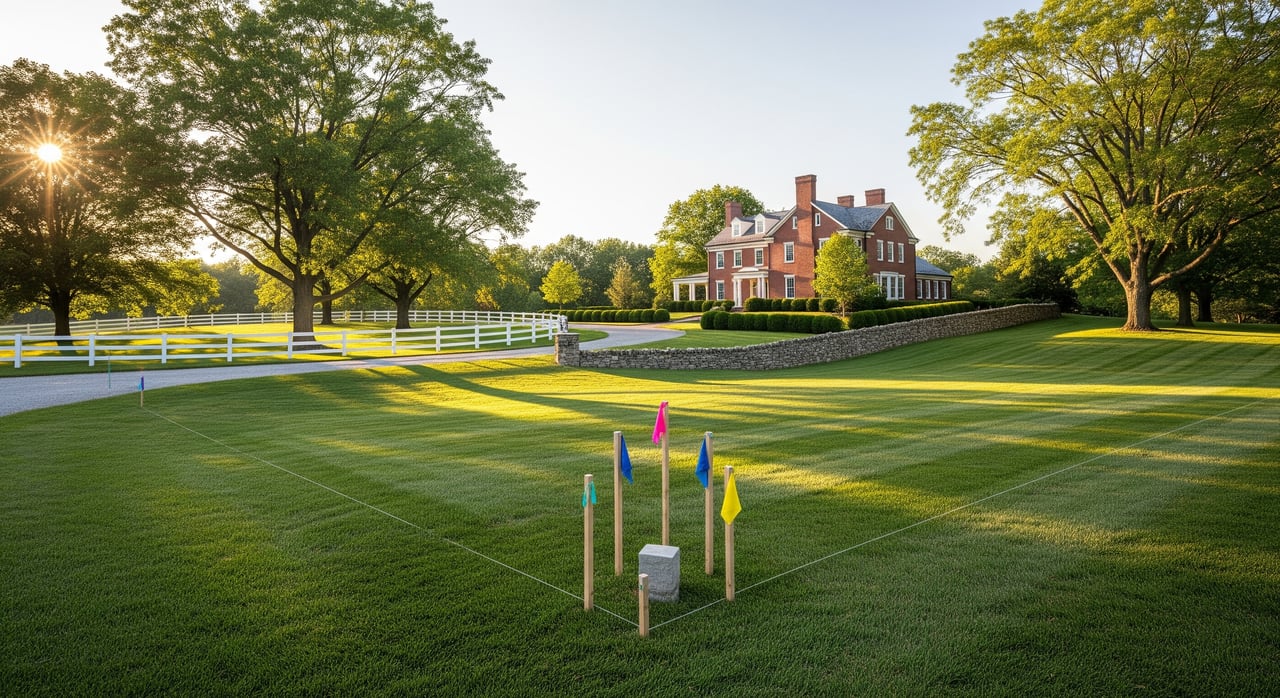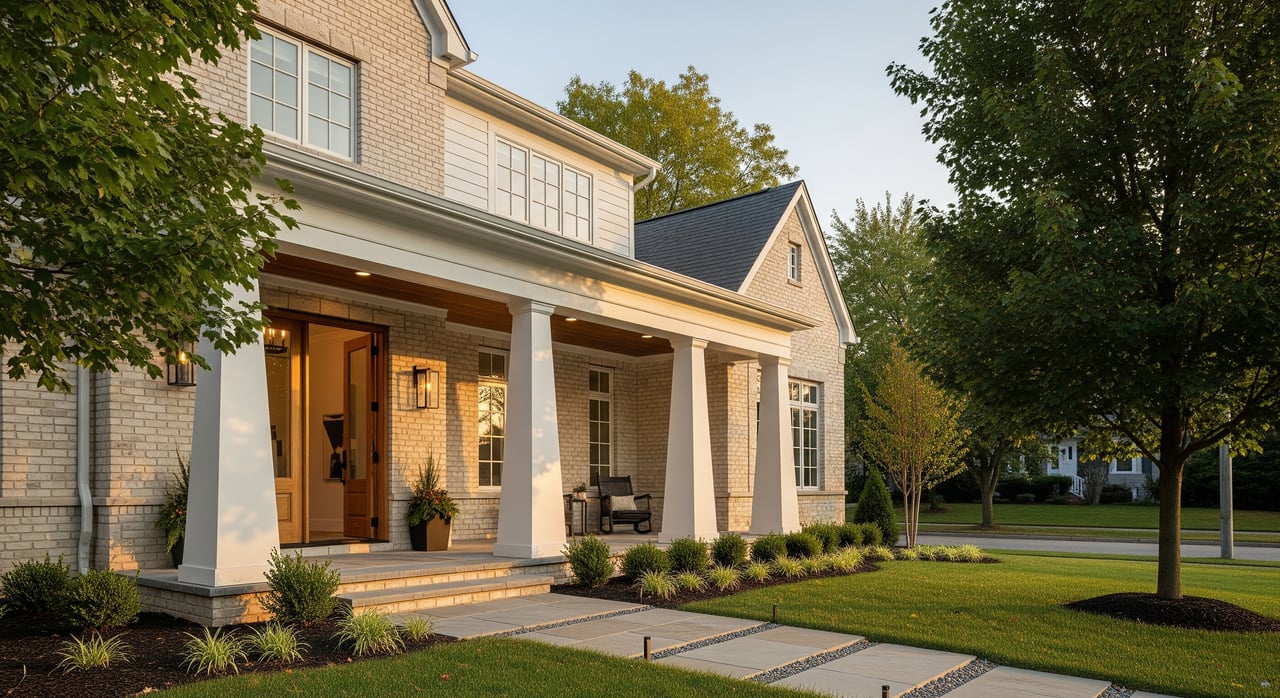Whether you are moving into a new home with your dog in tow or plan on adopting a puppy, you need to make sure that your backyard is properly prepared for your furry friend.
Seasoned dog owners and first-time pet parents alike may need some help to navigate the process of dog-proofing a backyard so that your four-legged friend will be safe and happy in their new outdoor space. Here are some guidelines:
Don’t Have a Fence? It’s Time to Get One
Whether you’re using your backyard for off-leash play or casual lounging during the day, a sturdy and reliable fence is essential. Fences keep your dog from wandering away – and prevents strange dogs from coming into your dog’s territory and provoking an attack. For that reason alone, “invisible fences” that only keep your dog in and do nothing to keep other animals out are not the best option.
If you’re starting from scratch, opt for a fence that’s at least 6 feet tall for larger breeds, as they may jump over (or push through) smaller fences. A good choice is a wooden or vinyl privacy fence, which blocks any visual stimuli that might cause your dog to try to escape.
To prevent escape attempts under the fence (especially if you have a dog breed that is a notorious digger) consider burying the bottom of the fence at least one or two feet underground or using concrete or large rocks to block any potential digging zones. You can also install a dig-proof barrier like chicken wire or a roll of galvanized steel fencing along the perimeter as another deterrent.
If your home already has a fence, be cautious. Before you even let your dog into the yard, check your fence for gaps, holes or weak areas that your pet could exploit. Be sure to take the appropriate measures to shore up those spots.
Finally, don’t forget the gate! Some dogs are far more clever than people realize (Border Collies, we’re looking at you!), so make sure that your gate has a self-latching and lockable mechanism that can’t be opened by curious paws or noses.
Curate Your Landscape Carefully to Avoid Toxins
Once you’ve secured the perimeter of your yard, the next step is to make sure the plant life inside your dog’s space is safe.
You may have to sacrifice a bit of the aesthetic appeal of your backyard’s landscape if you find any of the following plants that are commonly found in Midwestern yards:
- Azaleas
- Tulips
- Jack-in-the-pulpit
- Oleander
- Foxglove
- Hydrangeas
- Black walnut
- White snakeroot
- Hemlock
- Wild cherry
- Mayapple
- American Holly
- Milkweed
- Virginia Creeper
If you do find any potentially harmful plants, remove them and replace them with dog-friendly alternatives like marigolds, sunflowers, butterfly or rose bushes. You should also replace any cocoa mulch, which is toxic to dogs, with cedar or pine.
While you’re in the process of reconfiguring your yard, consider planting clover instead of plain grass. Dogs tend to be hard on grass, especially if you happen to have a “runner” or a “roller.” Clover is soft on their paws and resistant to brown spots from urine – and pollinators love it!
Look Around for Common Hazards
Every backyard may have dangers that could pose a risk to your pet – and many are so ordinary that they “hide in plain sight.” Here are some frequent threats to canine safety:
-
Pools and Ponds: If your backyard has a pool or pond, consider fencing off these areas – even if your dog’s breed is a strong swimmer. Nearly 5,000 dogs drown in family pools and ponds every year, so it’s not worth the risk.
-
Sharp Objects: Dogs are curious by nature, so inspect your new yard for any debris that contains rusty nails, broken pottery or abandoned garden stakes to make sure that everything is cleaned up before your pet is turned loose for the first time.
-
Compost Piles and Garbage Bins: Dogs are often attracted to the scent of decaying organic matter, which can be harmful if ingested – so fence off that compost pile and put your trash cans out of Fido’s reach.
-
Electrical Cords: If you have outdoor lighting, fountains or other electrical features, make sure that any electrical cords are properly secured. The last thing you want is for a curious pup to chew on the wires.
-
Bird Feeders: You may love the idea of a bird feeder – but so do mice, squirrels and other wild animals. They can end up passing diseases to your pet and will increase the chance of fleas and ticks in the area, so it’s better to move feeders to the front of your home, where your dog won’t be playing.
Finally, remember that most pesticides are not safe for dogs. If you’re worried about the possibility that your backyard might already be hiding fleas and ticks, talk to a professional about how to safely eliminate the problem without putting your pooch in harm’s way.
Upgrade the Canine-Friendly Amenities
Your dog deserves to live their best life, so don’t stop at just creating a “safe” space – add a few features that are purely for comfort. These can include:
-
Shelter: The weather can be tricky in the Midwest, so you should make sure that your dog has plenty of shelter. A doghouse can allow your dog to lie around outside to their heart’s content, even when the weather is wet, windy or rainy – and a large lawn umbrella or pergola can give them shade from the sun.
-
A Hydration Station: Always provide easy access to fresh water, especially during warmer months. An automatic water bowl or a dog-friendly water fountain will make it easy for your dog to get a fresh drink of water when they need it.
-
A Dog Door: Hire a contractor and have a dog door installed so that your pet can let themselves in and out when you’re busy. That will give both you and your dog a little more security when they’re outside, knowing that they can retreat into the house whenever they want.
Finally, remember that dog-proofing a yard is an ongoing process. Do regular safety checks to make sure that no new hazards are cropping up, like tree limbs that have fallen into the yard or a broken rail in your fence that could lead to trouble.
By securing your fencing, creating a dog-friendly landscape, removing clear hazards and providing comfortable resting areas, you’ll have a space that allows your dog to explore and play without danger!




